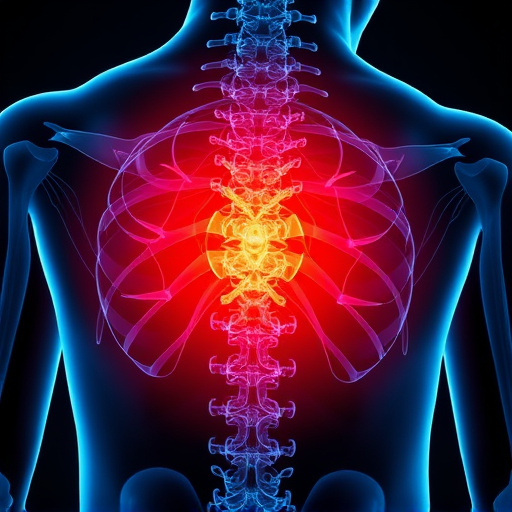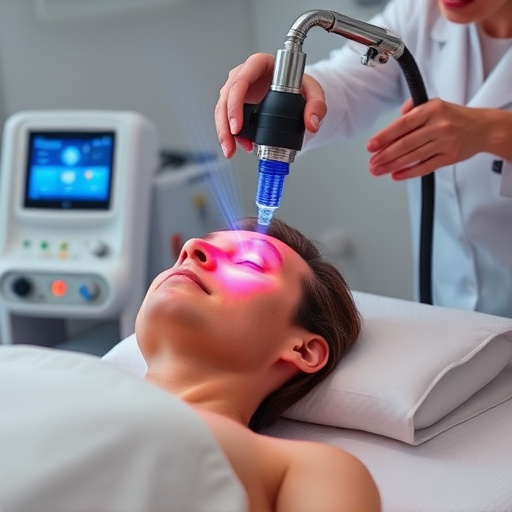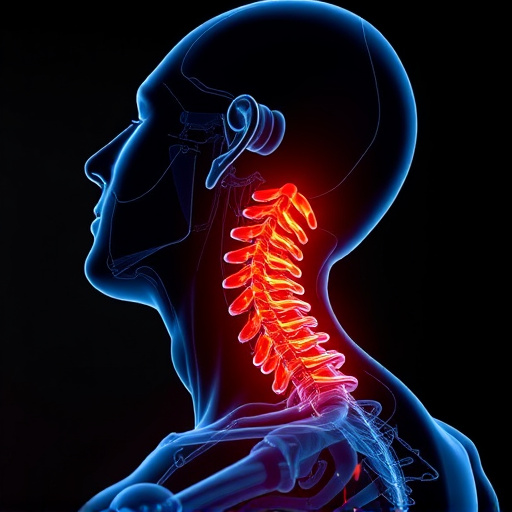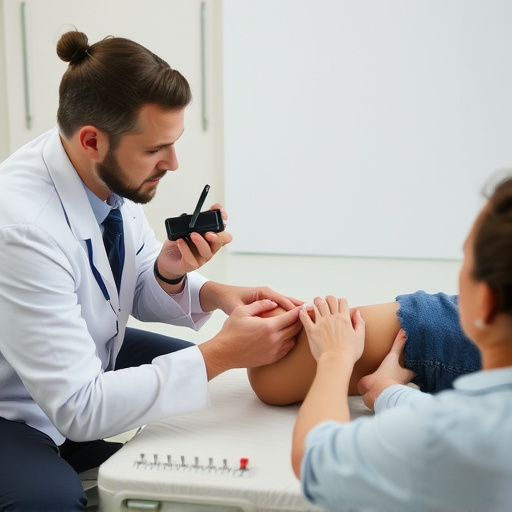Sports injury treatment involves a multi-faceted approach, focusing on RICE (rest, ice, compression, elevation), physical therapy, and strengthening exercises for common issues like soft tissue injuries and sciatica. Conservative treatments, including targeted modalities, offer prompt relief and recovery for athletes. Advanced therapies, such as shockwave therapy, PRP injections, and stem cell therapy, provide personalized care for complex or chronic injuries, revolutionizing treatment based on individual needs.
Sports injuries can affect anyone, regardless of activity level. Whether you’re a professional athlete or a casual exerciser, understanding common injuries and exploring effective treatment options is crucial. This article delves into three key aspects of sports injury treatment: understanding common injuries, employing conservative treatments for rapid relief, and considering advanced therapies for complex or chronic conditions. By the end, you’ll be equipped with knowledge to navigate your recovery journey effectively.
- Understanding Common Sports Injuries Across All Levels
- Conservative Treatments for Prompt Relief and Recovery
- Advanced Therapies for Complex or Chronic Conditions
Understanding Common Sports Injuries Across All Levels
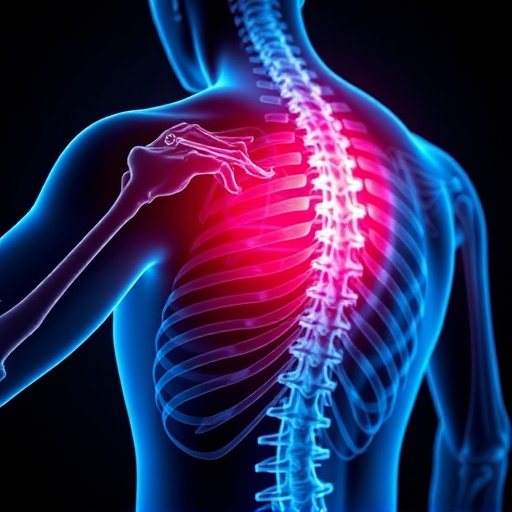
Sports injuries are a common occurrence across all activity levels, from casual weekend warriors to elite athletes. Understanding these injuries and their treatment options is key to effective post-injury care. One of the most prevalent issues is soft tissue injuries, encompassing sprains, strains, and contusions. These often manifest as muscle tears or ligament damage, typically affecting the knees, ankles, and shoulders due to their high-use nature in various sports.
Another prevalent concern is sciatica, a condition where pressure on the sciatic nerve causes pain radiating from the lower back down the leg. While not directly related to impact sports, prolonged sitting or improper form can contribute to its development. Effective sports injury treatment for these conditions involves rest, ice, compression, elevation (RICE), along with physical therapy and targeted exercises to strengthen affected areas and prevent future injuries.
Conservative Treatments for Prompt Relief and Recovery
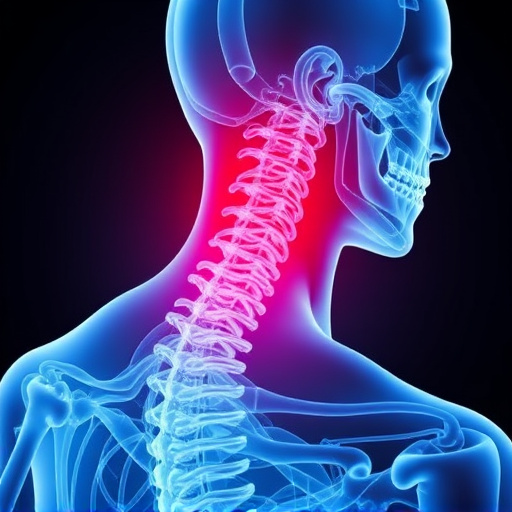
When it comes to sports injuries, conservative treatments are often the first line of defence for prompt relief and recovery, catering to athletes at all activity levels. These non-invasive methods focus on reducing pain, inflammation, and spasms while promoting healing. Physical therapy is a common approach, incorporating exercises tailored to strengthen specific muscle groups, improve flexibility, and restore range of motion. This can be especially beneficial for lower limb injuries, such as strains or sprains, that are prevalent in high-impact sports.
Additionally, modalities like ice and heat therapy, ultrasound, and electrical stimulation can provide targeted relief for various sports injuries, including neck pain and sciatica. For instance, shockwave therapy has emerged as a promising treatment option, using acoustic waves to stimulate healing in soft tissues, offering an alternative solution when other conservative measures have been exhausted. These treatments aim to accelerate the body’s natural healing process, ensuring athletes can safely return to their desired activities at an appropriate pace.
Advanced Therapies for Complex or Chronic Conditions
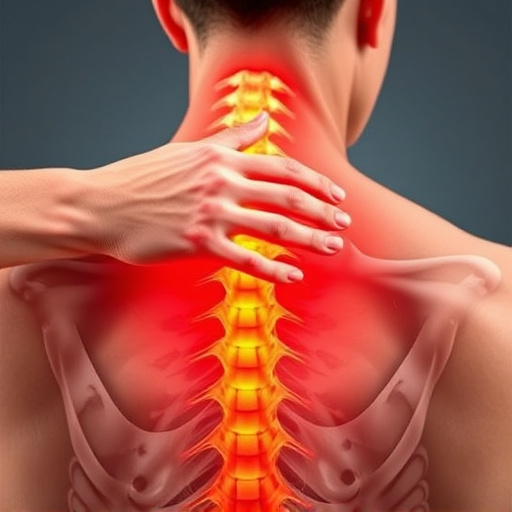
For athletes or individuals with complex or chronic sports injuries, advanced therapies offer hope for effective treatment and improved mobility. These innovative approaches go beyond traditional methods and are tailored to address specific needs, especially in cases where previous treatments haven’t provided lasting relief. One such therapy is physical therapy combined with targeted exercises, which can help manage pain and enhance flexibility and strength.
Additionally, advanced techniques like shockwave therapy, platelet-rich plasma (PRP) injections, and even stem cell therapy are gaining recognition for their potential to regenerate tissues and accelerate healing. For instance, PRP has shown promise in treating conditions like sciatica and neck pain, often associated with sports injuries. These cutting-edge treatments offer a more personalized approach, ensuring that the right care is delivered based on the unique needs of each patient, regardless of their activity level or the severity of their injury.
Sports injuries are a common challenge faced by athletes of all levels, but accessible treatment options exist to expedite recovery. From conservative approaches like rest, ice, and physical therapy to advanced techniques such as platelet-rich plasma (PRP) injections and shockwave therapy, various methods cater to different severity levels. By understanding the specific injury and seeking appropriate treatment, individuals can effectively manage pain, restore mobility, and return to their preferred level of activity. This holistic approach ensures athletes can continue to enjoy their sports while minimizing the impact of injuries.









